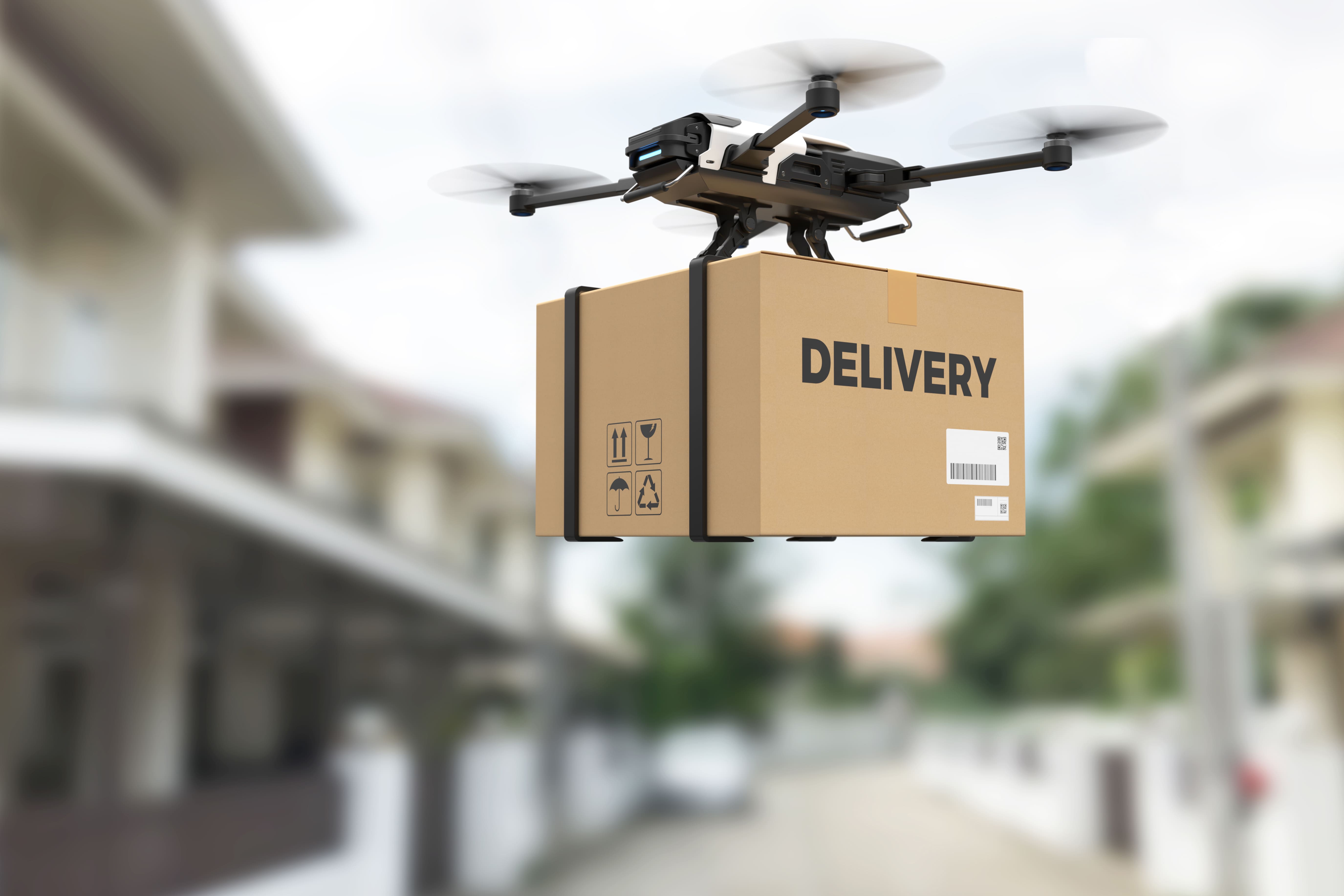
Air travel in cities -so vividly depicted in films such as Blade Runner or Minority Report- is edging closer to becoming a part of everyday life in Spain.
Innovative air mobility will become a reality in a few years. Vehicles such as air taxis and drones, whether autonomous or manned, will transport people and goods through the air using VTOL aircraft, which are characterised by their vertical take-off and landing. To operate efficiently, these aircraft will require the construction of a dense network of vertiports, serving as strategic connection hubs between urban and rural areas, as well as logistics centres.
Vertical transport will help alleviate city congestion, free up space in cities and streamline last-mile distribution. In fact, the European Union Aviation Safety Agency estimates it could cut travel time on regular urban journeys by 15 to 40 minutes.
Significant progress has already been made towards its deployment. In late 2024, Dubai announced the construction of the world’s first commercial vertiport. In Europe, countries such as the United Kingdom and the Netherlands have already tested air taxis in their cities. Spain has also conducted trials in Santiago de Compostela as part of the European Commission’s AMU-LED project, while the Spanish Innovative Air Mobility Cluster (SIAM) recently published its Vertiport White Paper. However, bringing this technology to cities still requires the development of specific regulations and overcoming challenges such as noise and visual pollution, coexistence with conventional air traffic, and cybersecurity.
For more information, please see: European Union Aviation Safety Agency. “What is urban air mobility?” European Union Aviation Safety Agency; Ineco. “Vertipuertos, despegando hacia el mañana.” Madrid: Ministerio de Transportes y Movilidad Sostenible, Tramos 750, 2024; and, SIAM. Libro Blanco de Vertipuertos. SIAM, 2025.